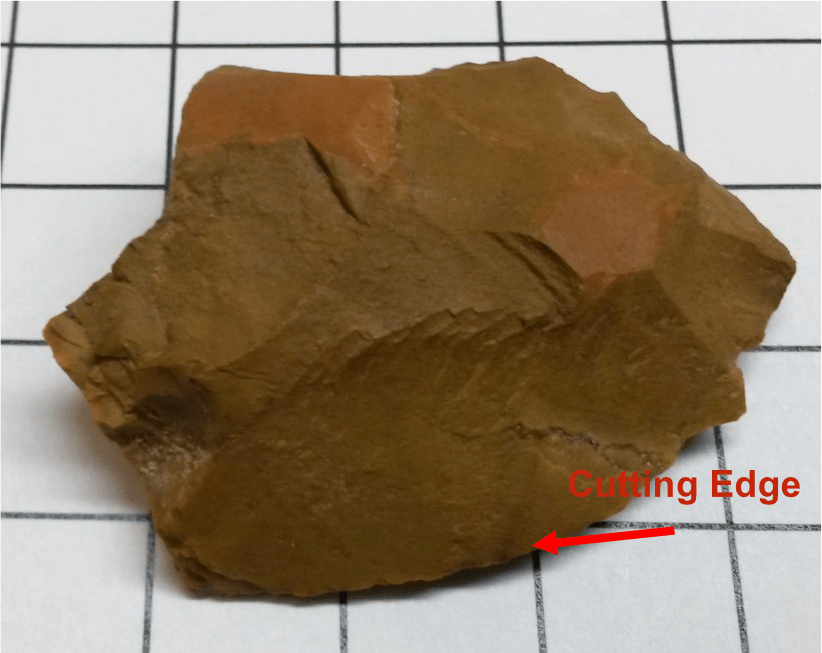 While moving heavy equipment involved in the roof replacement, UMBC restoration workers inadvertently uncovered an historic Caddo Indian artifact next to the sanctuary. It was a surface find exposed by abrasion and erosion in an area that has revealed similar artifacts according to an informant.
While moving heavy equipment involved in the roof replacement, UMBC restoration workers inadvertently uncovered an historic Caddo Indian artifact next to the sanctuary. It was a surface find exposed by abrasion and erosion in an area that has revealed similar artifacts according to an informant.
This 4 cm by 3 cm stone object is made of local chert and has been “worked” to produce a cutting edge for scrapping and slicing.
Chert is a sedimentary rock composed of microcrystalline silicon dioxide. It breaks with a conchoidal fracture, often producing very sharp edges. Early people took advantage of how chert breaks and used it to fashion cutting tools and weapons. The name “flint” is also used with this material. The rock may have come from the river below the site and was conveniently knapped to separate hide from the meat of the kill when needed.
The site where the sanctuary stands shows evidence of having been a campsite for Native Americans some time before the removal of the Caddo Indians to Oklahoma.
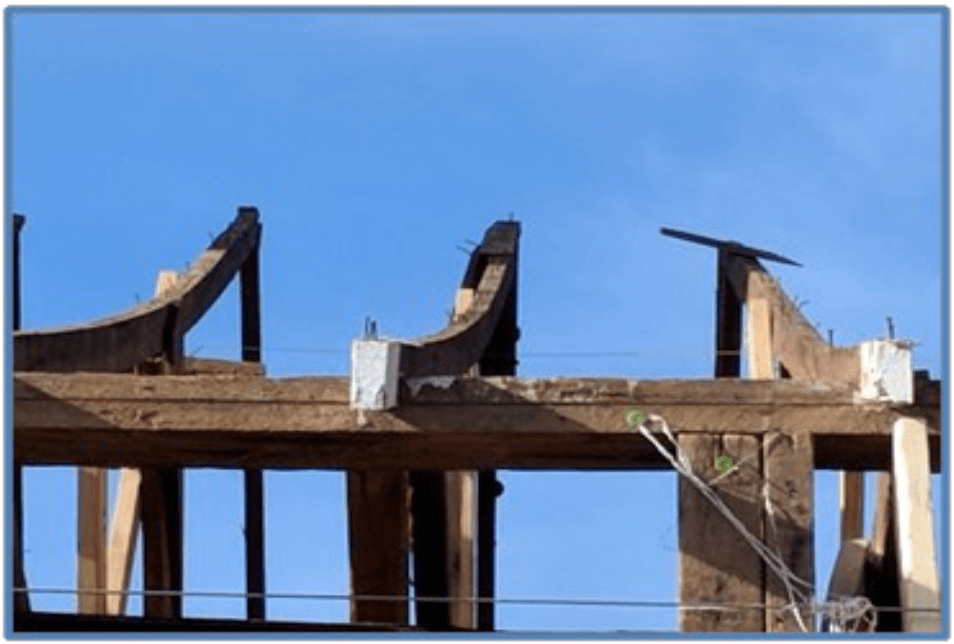
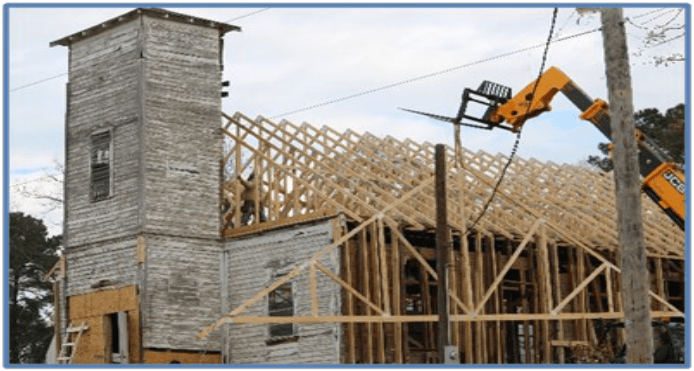
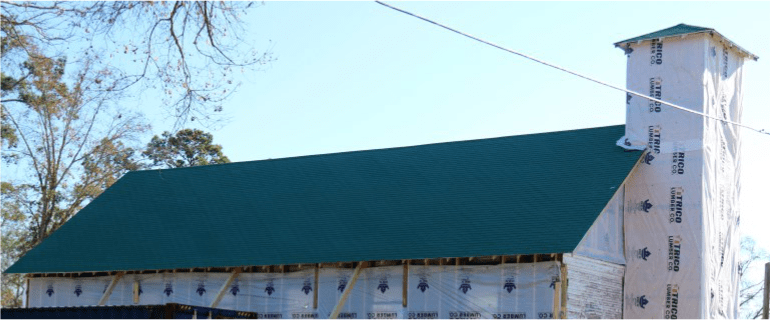
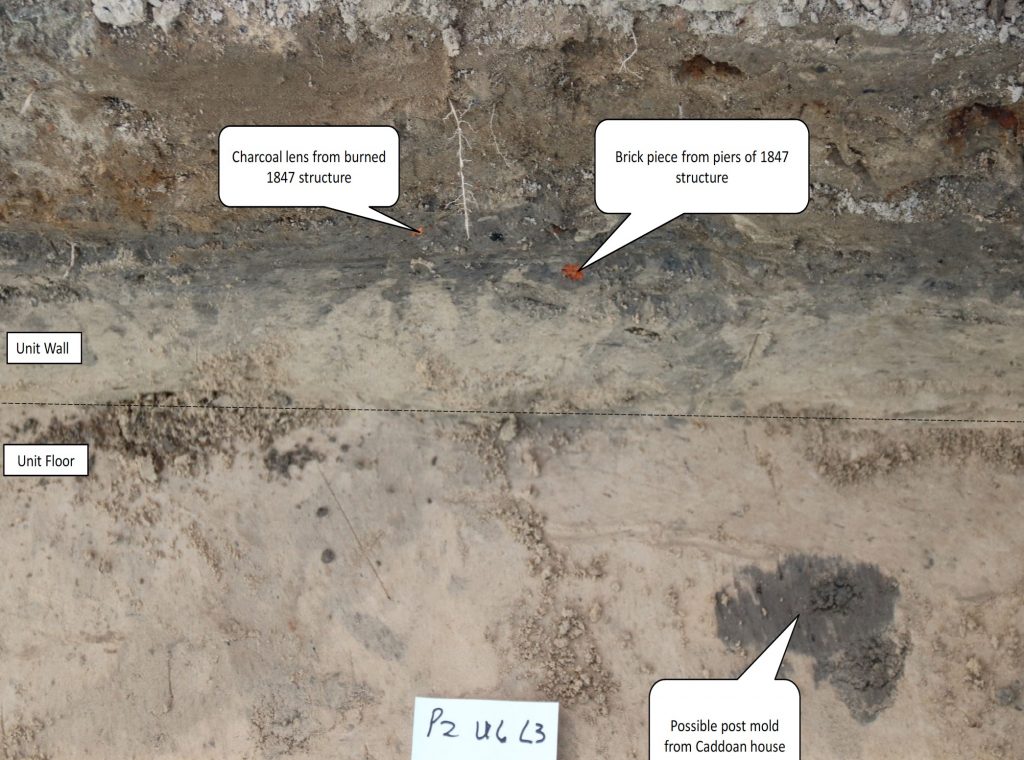
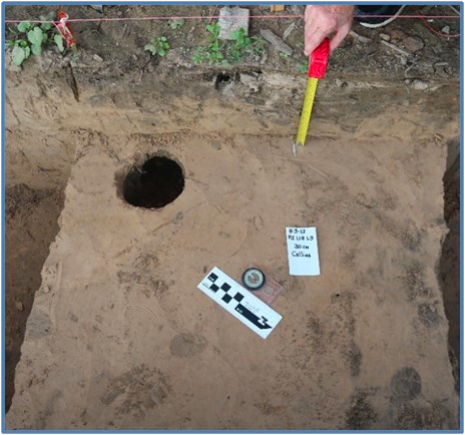
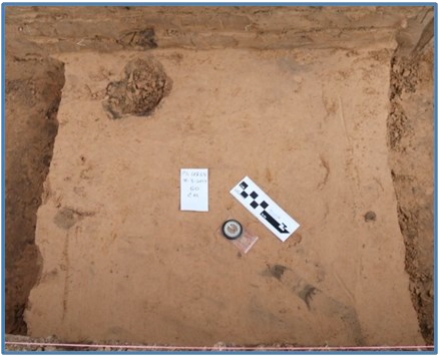
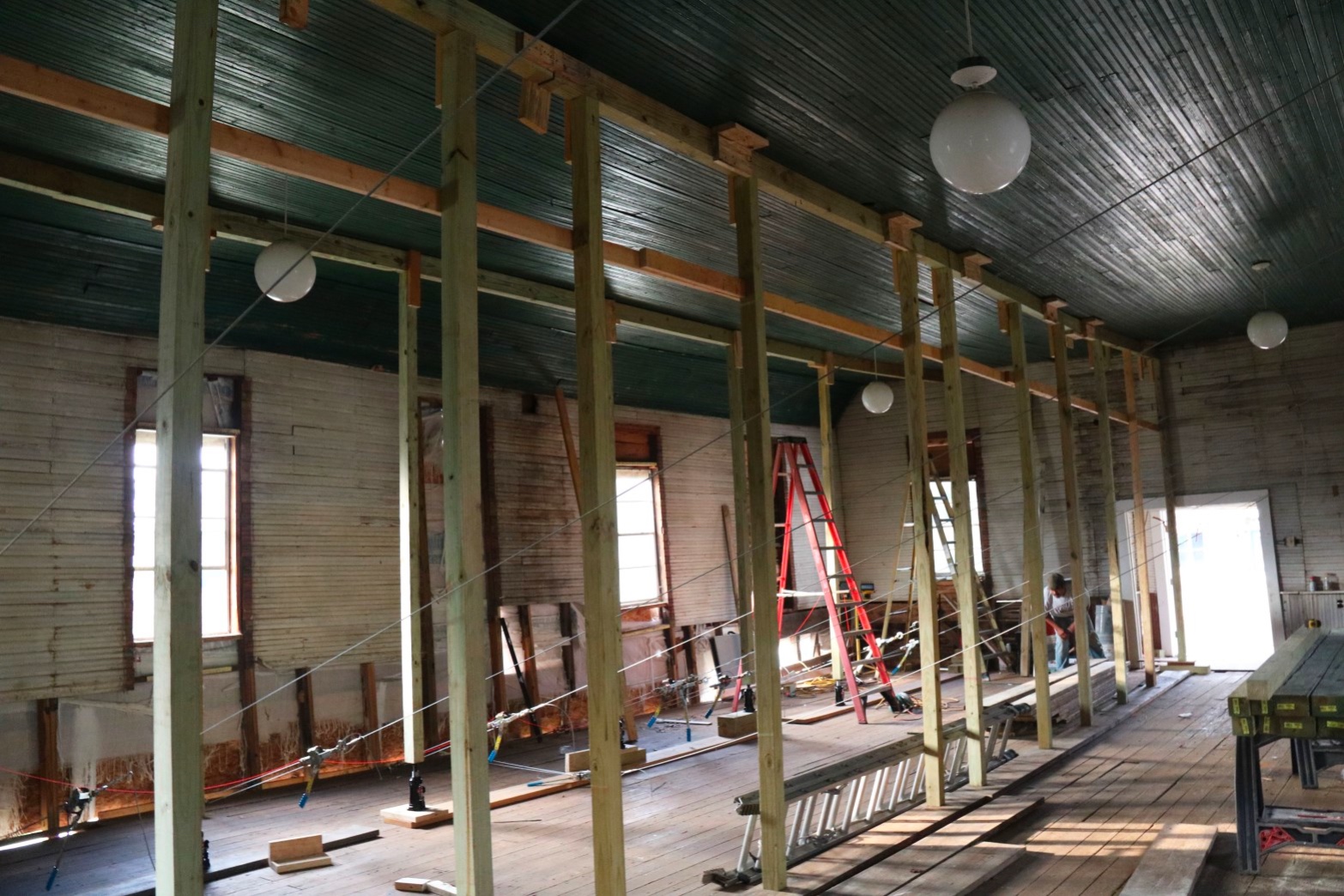
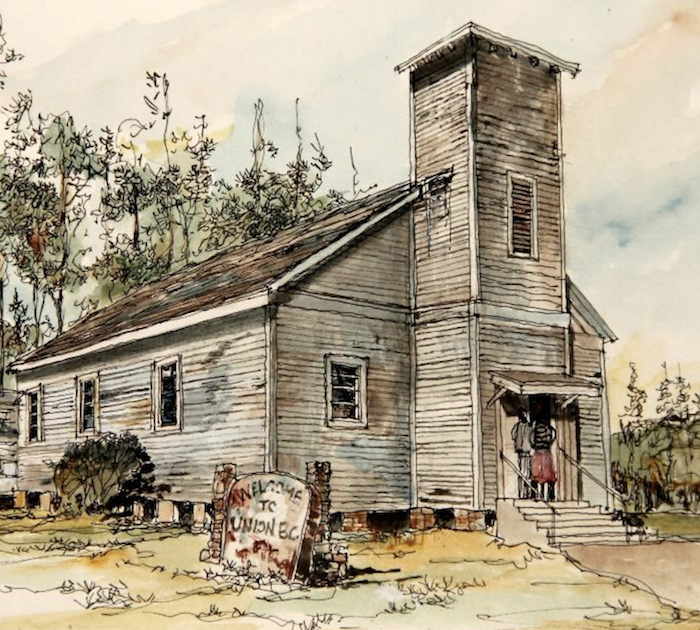 The historic Union Missionary Baptist Church, constructed in 1847, was the first church where slaves and freedmen could independently gather for worship services. The church was burned to the ground in 1868 and reconstructed in 1883.
The historic Union Missionary Baptist Church, constructed in 1847, was the first church where slaves and freedmen could independently gather for worship services. The church was burned to the ground in 1868 and reconstructed in 1883.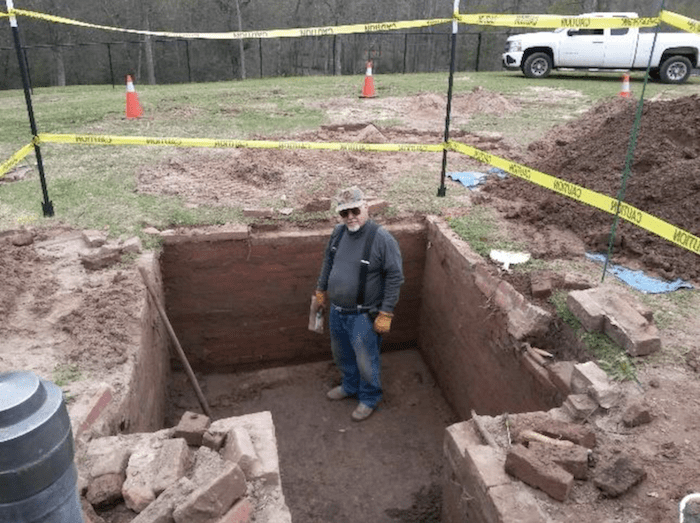 “We wanted this historic location to be more than a vacant lot with a marker standing in the middle of it. We could have lost the history and the structure to bulldozers or saved it from them, so we chose the latter.”
“We wanted this historic location to be more than a vacant lot with a marker standing in the middle of it. We could have lost the history and the structure to bulldozers or saved it from them, so we chose the latter.”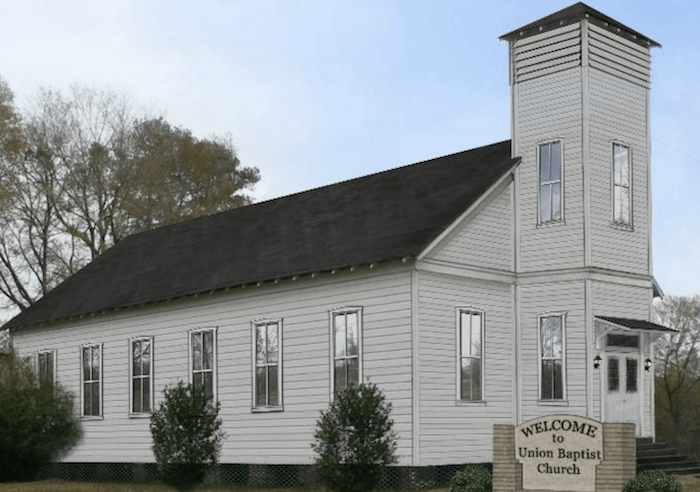 In the coming months, the church will undergo major changes in appearance during its journey toward rehabilitation as a premier heritage center for public use. Gary Endsley, Executive Director for Collins Academy, is asking anyone who may have photographs, church programs, memorabilia, or stories pertaining to the history of the church to drop them by Collins Academy to discuss their inclusion in the church archives and future interpretive displays.
In the coming months, the church will undergo major changes in appearance during its journey toward rehabilitation as a premier heritage center for public use. Gary Endsley, Executive Director for Collins Academy, is asking anyone who may have photographs, church programs, memorabilia, or stories pertaining to the history of the church to drop them by Collins Academy to discuss their inclusion in the church archives and future interpretive displays.